We sliced up used plastic bags and produced a useable filament.
Plastic shopping bags are everywhere! The UK has recently introduced a levy on them at supermarkets to try and encourage the reduction in there use. We decided this is the perfect time to try out an idea we have had brewing for a while. Can we take plastics bags and convert them into useful 3D printed objects?
Can’t wait for the results? The answer is YES. We have successfully converted plastic bags into surf board parts!
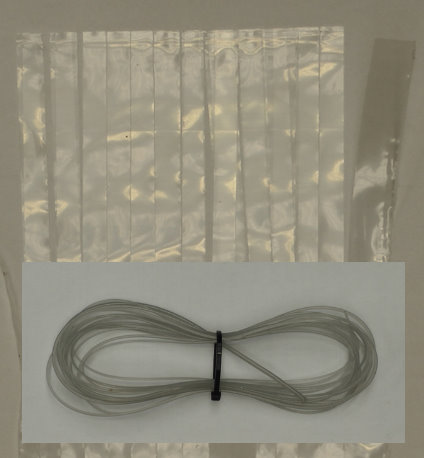
The process-ish
- Gather together a load of plastic bags. We opted to start with low-density polyethylene (LDPE) variety.
- Work out how to best process the bags into a form that will work with FilaFab extruders.
We converted them by first feeding slicing up the bags and them feeding into an extruder and producing a random sized LDPE filament using a large nozzle. We made no attempt to produce filament to any particular diameter at this point. We just fed the plastic bag scraps in.
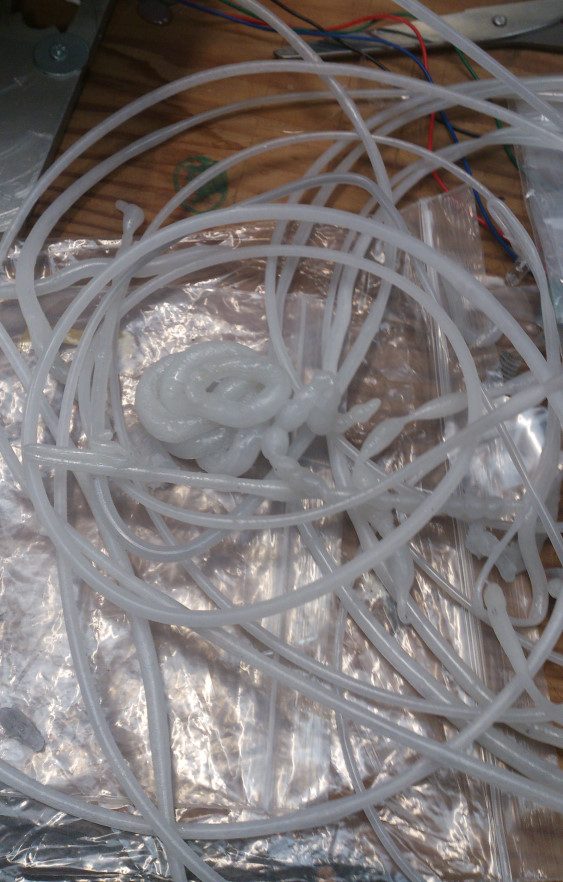
We then sliced this filament into pellet sized pieces using a milling machine and end mill and feeding the material into the blade to produce “ldpe chips”. I do not recommend that you try this!
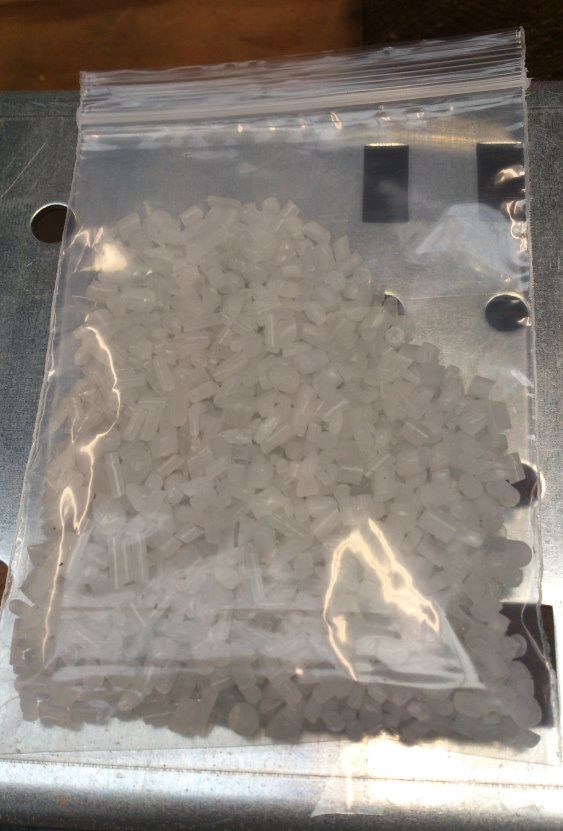
- Extrude some filament.
Now we had some pellets we used these to extrude some filament.
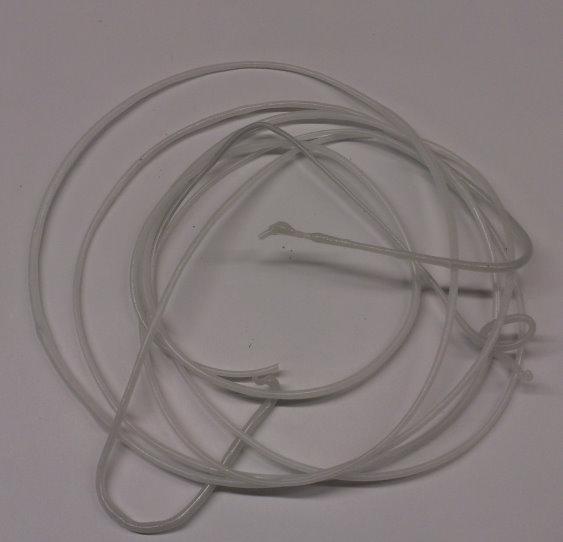
Initially it oozed to fast and took a bit of experimenting to get the settings right – cooling fan needed! We didn’t have many LDPE pellets but had enough to produce a decent amount of filament within tolerance. It was very flexible and soft/squashable to the touch.
- Print something
Now that we had enough filament we felt confident to start printing. We loaded the filament and hit print.
The first problem we encountered was that the filament was not being pushed into the hot end but rather was bending in the extruder cold end. We machined a guide which we placed near to the extruder gear and this worked great. Extruders designed for soft materials are common place now but at the time they were not commonly available.
The second problem we came across was that the filament wouldn’t stick to the build plate very well and kept lifting up part way through the print.
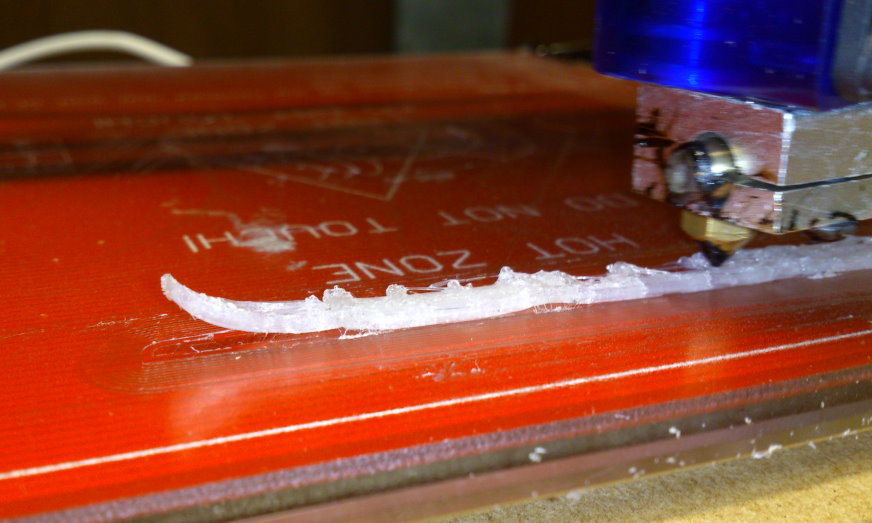
We were encouraged that the printer was “printing” and were confident that the peeling issues could be over come with some modifications to the printer/slicer settings. Details in part 2 coming soon!
Thank you for reading.
